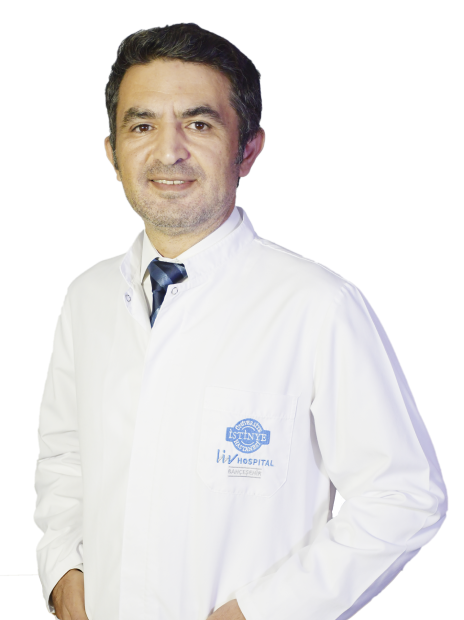Understanding Stroke: The Basics You Need Right Now
A stroke is a sudden interruption of blood flow to the brain that either blocks oxygen delivery (ischemic stroke) or floods brain tissue with blood after a vessel ruptures (hemorrhagic stroke). In both cases, brain cells begin to die within minutes. Outcomes hinge on speed: the sooner a trained team identifies the stroke type and starts treatment, the more brain function can be saved. Recognizing symptoms, calling emergency services immediately, and knowing personal risk factors are the pillars of better survival and recovery.
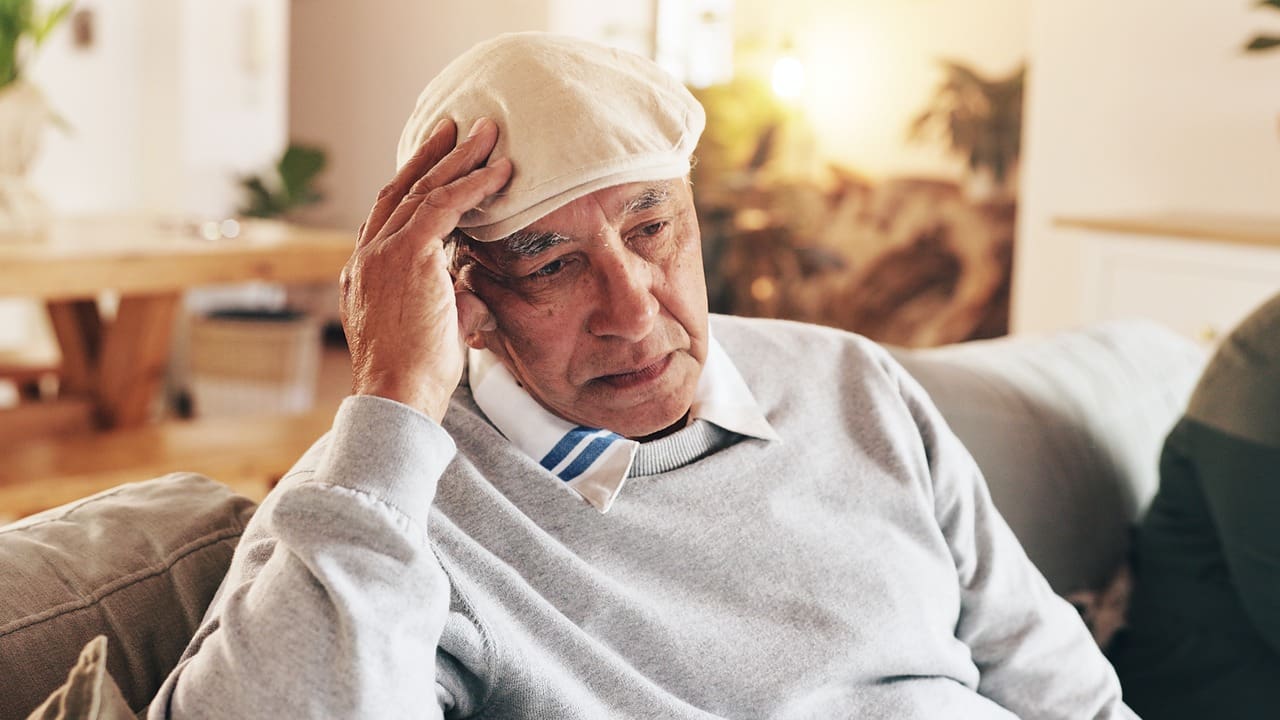
Types of Brain Attack: Ischemic vs. Hemorrhagic
Most brain attack are ischemic, caused by clots that obstruct a brain artery. These clots often form in atherosclerotic plaque in the heart, especially in patients with atrial fibrillation. Hemorrhagic strokes occur when a vessel weakens and ruptures, leaking blood into or around brain tissue, raising pressure and damaging neurons.
The distinction matters because treatments diverge: ischemic strokes may be treated with clot dissolving medication within a strict time window and mechanical thrombectomy for certain large vessel blockages, while hemorrhagic strokes require blood pressure control, reversal of blood thinners when appropriate, management of intracranial pressure, and sometimes neurosurgical intervention.
What Causes a Brain Attack? The Underlying Drivers
Stroke rarely results from a single factor. Instead, risks accumulate through high blood pressure, atrial fibrillation, high LDL cholesterol, diabetes, smoking, excess weight, and inactivity. These conditions injure vessel walls, foster plaque buildup, encourage clot formation, and compromise blood vessel resilience.
Less common causes include artery dissection in the neck, aneurysm rupture, and certain blood disorders that promote clotting. While age and family history play roles, the strongest lever most people have is rigorous control of blood pressure and metabolic health, supported by medication adherence and lifestyle choices.
What Are the Signs of a Brain Attack? Think FAST
Brain Attack symptoms are typically abrupt. Use FAST to remember the core signs: Face drooping, Arm weakness, Speech difficulty, Time to call emergency services. Additional clues include sudden vision loss or double vision, a severe “worst ever” headache (especially in hemorrhagic stroke), sudden numbness or weakness on one side, vertigo, imbalance, confusion, or trouble understanding speech. Fluctuating or rapidly improving symptoms can still represent a dangerous event do not wait to see if they pass.
What Does It Feel Like?
People often describe suddenly being unable to move an arm or leg, feeling heavy, numb, or like one side has fallen asleep, having slurred or mixed up speech, trouble finding words, or seeing a curtain like shadow over one eye.
Some mention a sudden, severe headache, nausea, or feeling like their balance is off. Since different parts of the brain control different functions, symptoms can vary, but the key sign is that they come on suddenly. If these symptoms appear out of nowhere and affect strength, speech, vision, or balance, it’s safest to assume it could be a stroke until a doctor says otherwise.
Mini Stroke (TIA): A Brief Event with Serious Consequences
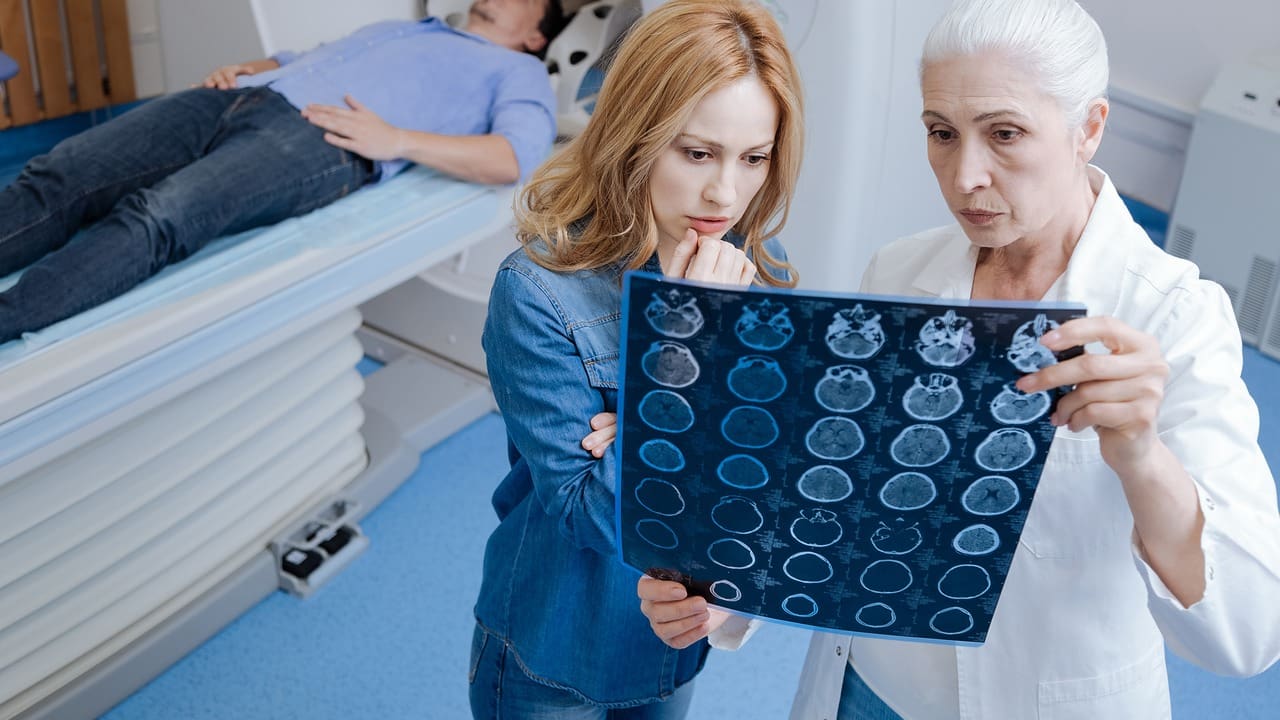
A transient ischemic attack (TIA) brings on stroke like symptoms that usually go away within minutes to an hour and do not leave lasting damage on scans. This fast recovery can be deceiving. In the hours and days after a TIA, the risk of a serious stroke is much higher.
Doctors look for and treat causes like narrowing of the carotid artery, atrial fibrillation, or unstable plaque. To prevent another event, treatment often includes antiplatelet or anticoagulant medicine when needed, statins, and careful blood pressure management.
Inside the Brain During the Event
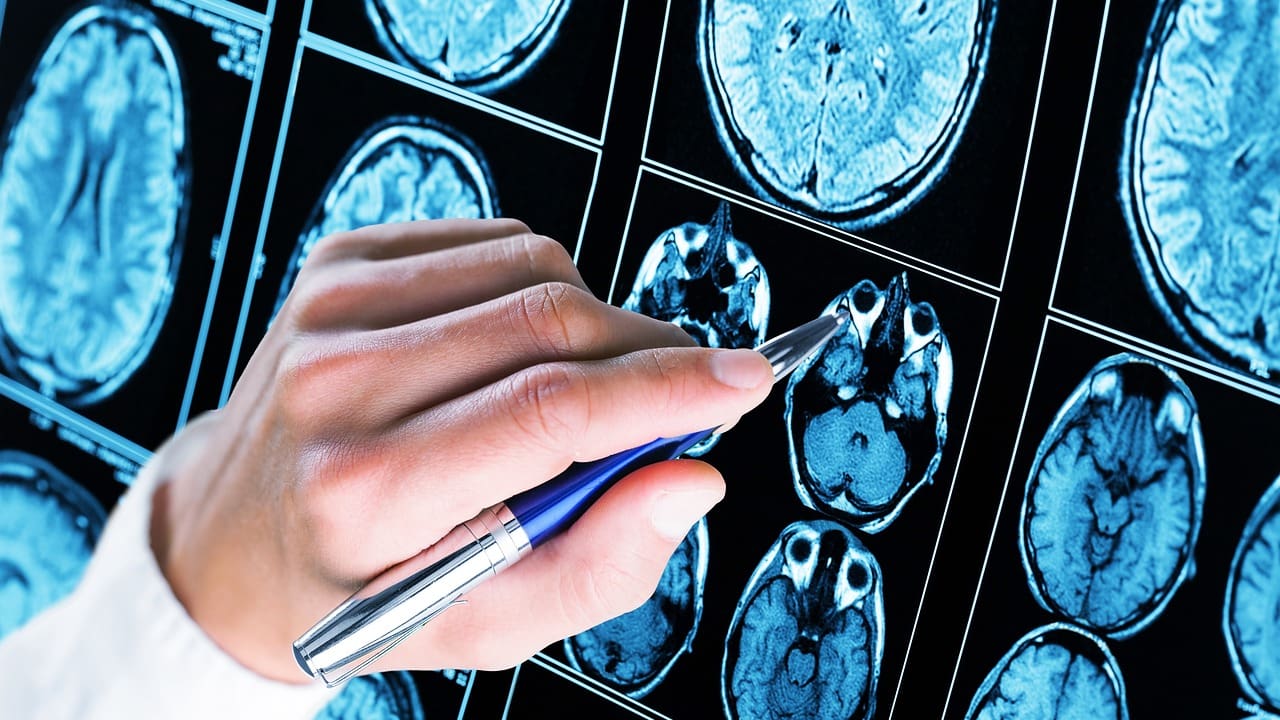
In ischemic stroke, the territory supplied by the blocked artery becomes starved of oxygen. At the center (the core), damage is rapid and often irreversible; surrounding it lies the penumbra tissue that is weak but salvageable if blood flow returns quickly. This penumbra is the target of emergency therapies. In a hemorrhagic stroke, leaking blood mechanically compresses tissue, sparks inflammation, and can increase intracranial pressure, threatening consciousness and vital functions. Fast imaging differentiates the type, allowing teams to either restore perfusion, contain bleeding, or stabilize pressure.
Immediate Action: What to Do
Call emergency services without delay. Note the exact time symptoms began or when the person was last known well, because treatment eligibility often depends on timing. Keep the person safe and comfortable, avoid giving food, drink, or medication, and watch for changes in breathing or consciousness. If the person stops breathing normally, begin CPR. Early notification lets the hospital’s stroke team activate imaging and treatment pathways, saving time and brain cells.
How to Prevent Future Events ?
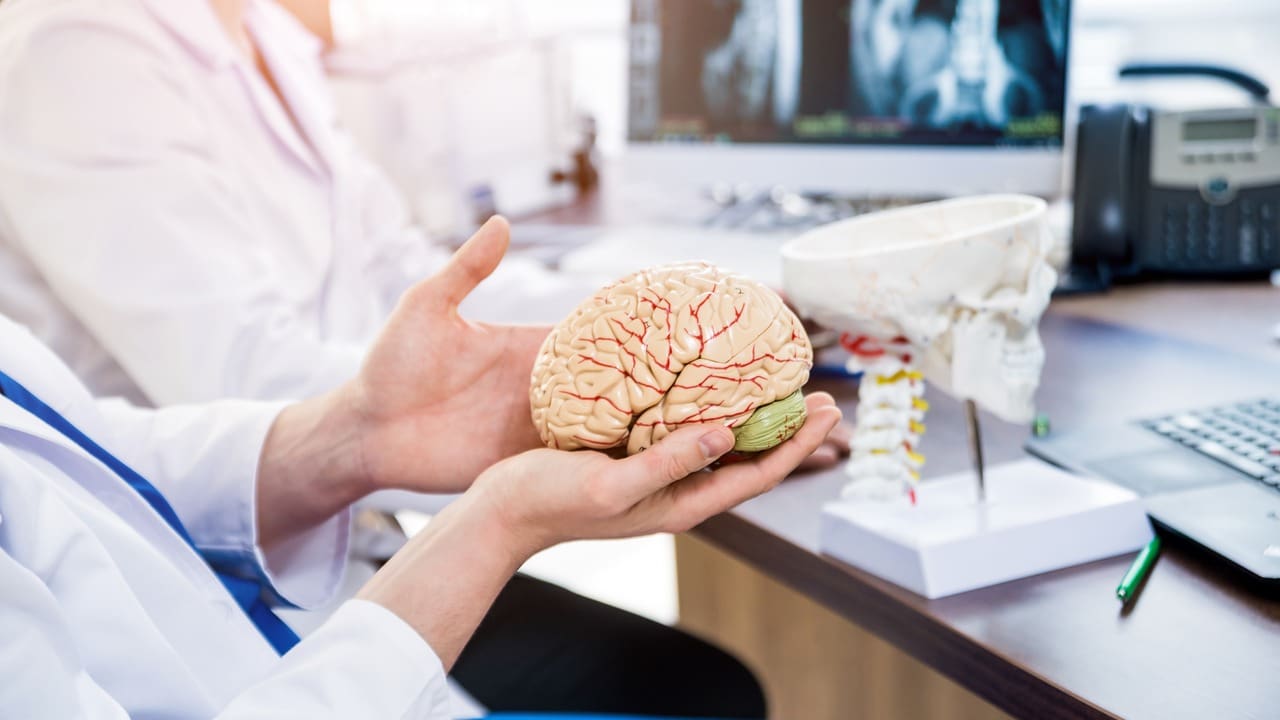
Preventing stroke means using both medical treatments and healthy daily habits to keep your blood vessels in good shape.
* Keep your blood pressure under control by checking it at home and taking your medications as your doctor recommends.
* Improve your cholesterol by taking statins if prescribed and making healthy changes to your diet. This helps lower plaque and keeps your blood vessels strong.
* If you have diabetes, keeping your blood sugar in check helps protect your blood vessels and reduces inflammation.
* Quitting smoking starts to help your blood vessels within weeks, and the benefits keep growing over the years.
* Try to get at least 150 minutes of moderate exercise each week, and add some strength training too.
* Eat foods that are good for your heart and brain, like vegetables, fruits, beans, nuts, whole grains, and olive oil. Try to cut back on salt, added sugars, and trans fats.
* If you have atrial fibrillation, work with your doctor to control your heart rhythm or rate, and use blood thinners if needed to lower your risk of clots.
* Make sleep and stress management a priority. Getting enough rest and using ways to reduce stress can help keep your blood pressure and metabolism healthy.
Silent and Subtle Deficits
Not all strokes are obvious. Small “silent” infarcts can happen without clear symptoms and might not show up on early scans. Over time, they can lead to memory problems, slower thinking, or changes in walking. If these are found, it is important to manage blood pressure, cholesterol, and blood sugar carefully, and to make healthy lifestyle choices to protect your brain in the long run.
Women and Cerebrovascular Disease
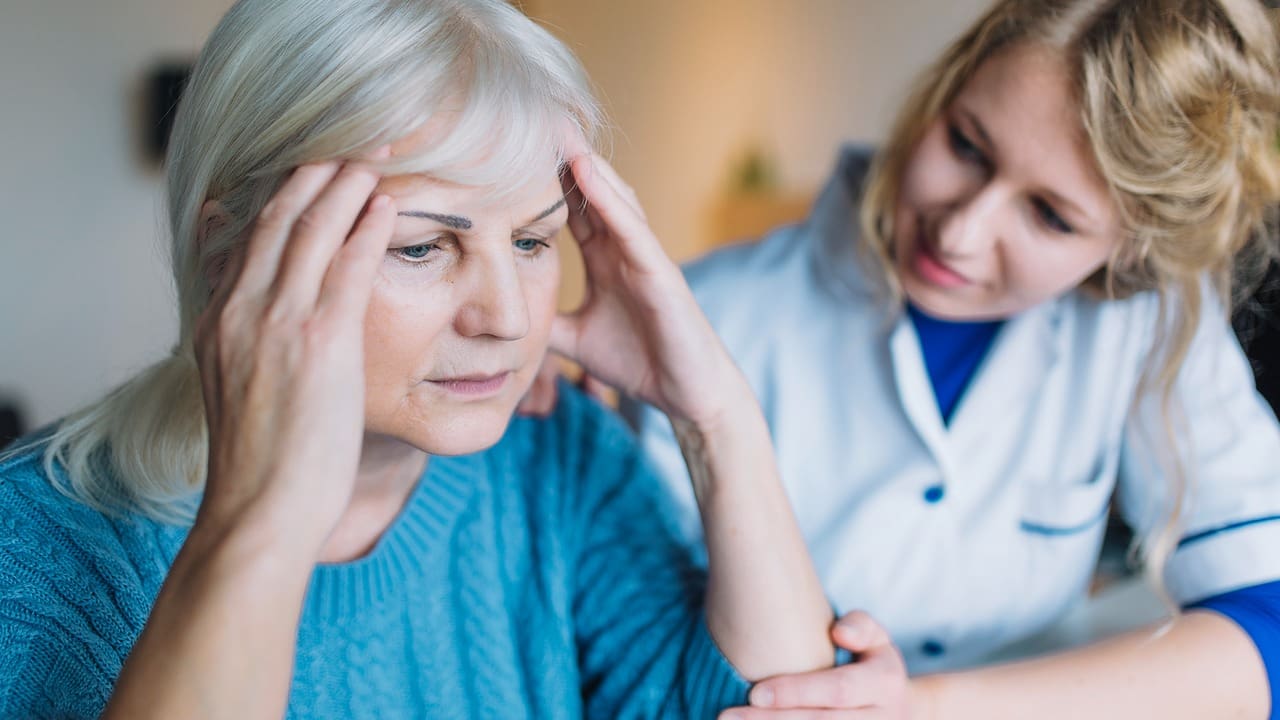
Women have many of the same stroke risk factors as men, but there are some extra things to consider. Migraines with aura, blood pressure problems during pregnancy, and certain hormone treatments can raise the risk, especially if combined with smoking or high blood pressure. The best prevention is to keep blood pressure under control and avoid smoking. If any sudden neurological symptoms appear during pregnancy or after giving birth, seek medical help right away.
Can You Have One and Still Walk or Talk?
Yes. Some brain attacks are mild or affect smaller regions, sparing movement or speech entirely. However, even mild, sudden changes can signal a serious condition. Getting evaluated right away improves the chance of full recovery.
Why Stroke Rates Are Rising and How to Buck the Trend ?
An older population is one reason stroke rates are rising, but risk factors like high blood pressure, diabetes, obesity, and lack of exercise are also becoming more common in younger people. The good news is that risk can drop quickly if you control your blood pressure, quit smoking, take statins if needed, and stay active. Communities that offer healthy food, safe places to exercise, and regular health checks see real improvements in stroke rates.
Inside the Emergency Department: How Teams Move Fast
When a patient arrives, the team quickly does imaging to tell if the stroke is ischemic or hemorrhagic. At the same time, they check blood sugar, oxygen levels, blood pressure, and how severe the stroke is. If the stroke is ischemic and within certain time limits, doctors may give clot busting medicine after making sure it is safe, or do a procedure to remove a clot in a large blood vessel. For hemorrhagic strokes, the team works to lower blood pressure, reverse blood thinners if needed, and get a neurosurgeon involved. Nurses and therapists also start planning for early movement as soon as it is safe.
Recovery and Rehabilitation: Timeline and Expectations
Rehabilitation begins soon after a stroke. In the first days, people often see quick changes as swelling goes down and the brain starts to find new ways to send signals. Physical therapy helps with strength, balance, and endurance.
Occupational therapy focuses on daily activities like getting dressed and cooking. Speech therapy helps with talking and swallowing. Progress also depends on mood, thinking skills, sleep, and support from others. Most recovery happens in the first three to six months, but people can keep improving for more than a year if they practice regularly, use helpful devices, and manage their health risks.
Life After Stroke: Protecting Progress and Preventing Recurrence
To protect your progress after a stroke, stick to your prescribed medications for blood pressure, cholesterol, or blood thinners if needed. Check your blood pressure at home, see your doctor regularly, and keep up with physical activity you can maintain.
Eating more vegetables, fruits, whole grains, legumes, nuts, and healthy fats supports your blood vessels. Try not to smoke, limit alcohol, and get enough good quality sleep. Your mental and emotional health are important too watch for signs of depression or anxiety, use memory aids, and stay connected with others to help your recovery.
The Takeaway: Time, Control, and Consistency
Liv Hospital Stroke Center
Emergency response service is provided 24/7 at BAVIM “ Stroke Center and specialist physicians are on duty permanently. The center, which is located in the "Acute Treatment Unit with beds and the "Rehabilitation and Research Unit, can be reached 24/7 from the BAVIM “ Stroke Center Consultation Line no 0850 220 44 15.
Life saving and disability eliminating treatments in the fight against stroke can be successfully performed under the roof of our modern center. The sooner the necessary treatments are implemented, the more positive the clinical outcome is, so the first and most important step of the treatment is the rapid transportation of stroke patients to the stroke centers under the roof of BAVIM.
For more information about our academic and training initiatives, visit Liv Hospital Academy .
Frequently Asked Questions for Stroke
How is a hemorrhagic stroke treated?
By controlling blood pressure, reversing anticoagulants when appropriate, managing intracranial pressure, and addressing the bleeding source, neurosurgical care may be needed.
How is an ischemic stroke treated?
With time sensitive clot dissolving medication when eligible and, for certain large vessel blockages, mechanical thrombectomy plus careful management of blood pressure, glucose, and temperature.
Can you have a stroke and not know it?
Yes. “Silent strokes” may cause subtle or no immediate symptoms but still injure brain tissue and raise the risk for later cognitive or balance problems.
What’s the difference between a TIA and a stroke?
A TIA’s symptoms resolve within minutes to an hour without permanent damage; a stroke causes lasting injury unless blood flow is restored quickly. Both need urgent care.
What causes a stroke?
High blood pressure, atrial fibrillation, atherosclerosis, diabetes, high LDL cholesterol, smoking, excess weight, and inactivity; less commonly, artery dissection or aneurysm rupture.
What are the early signs of a stroke?
Face drooping, arm weakness, and speech difficulty, plus sudden vision loss, severe headache, dizziness, numbness, or confusion. Treat abrupt symptoms as an emergency.
What is a stroke?
A sudden loss of brain blood flow due to a clot (ischemic) or bleeding (hemorrhagic), causing rapid brain cell injury that requires immediate emergency care.

